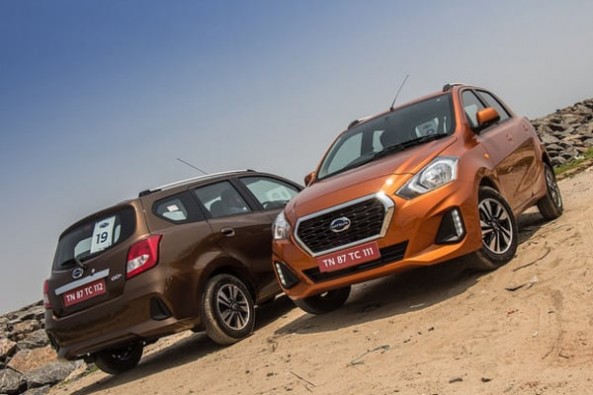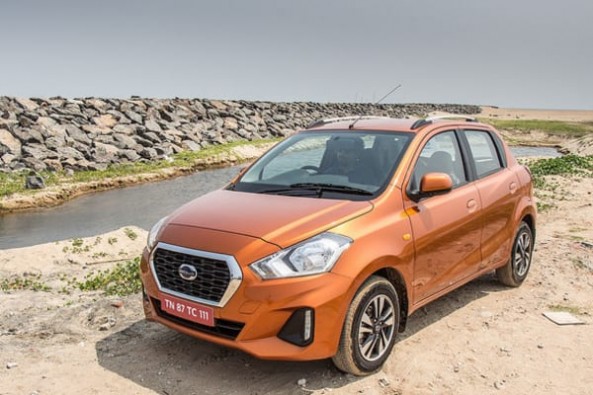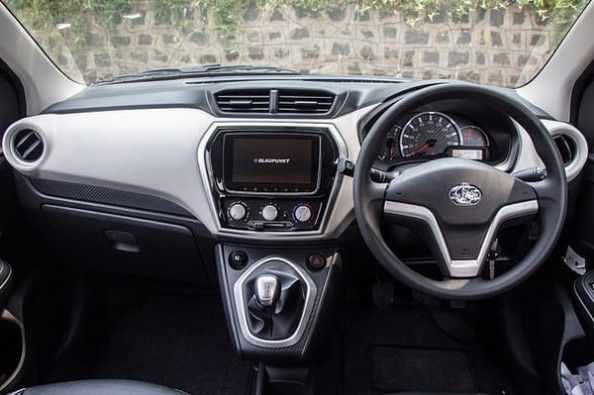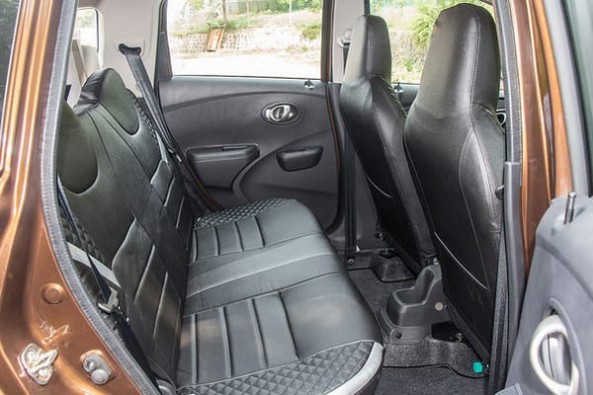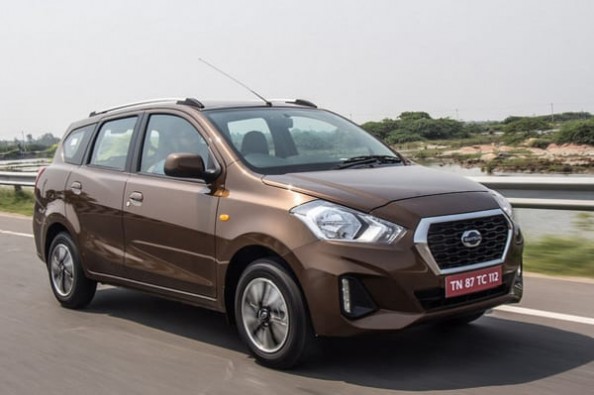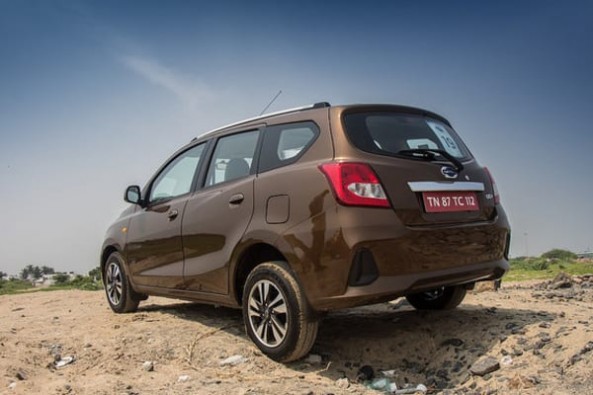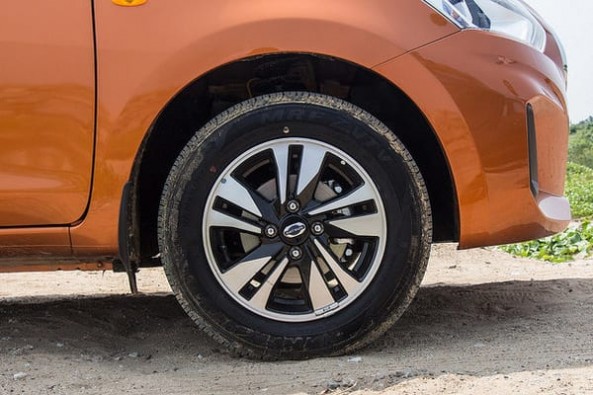Nissan launched the Datsun brand with the GO and GO+ in India. The entry-level GO hatchback was launched in 2014 while the GO+, a 7-seater compact car was launched in early 2015. The sales of both the cars were decent initially, with many sales coming from cab operators too. Now, the Japanese manufacturer has given both these cars a mid-life update.
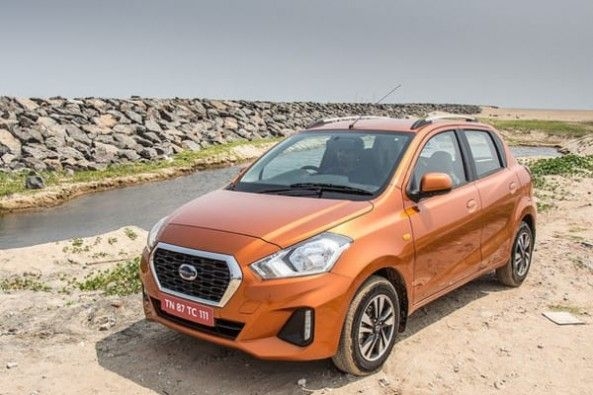
Exteriors – There are few changes on the outside of the GO and GO+. These subtle changes give both the cars a better appeal. Both the cars get revised bumpers along with LED DRLs. The cars get a rear wiper along with dual-tone roof rails. Both the cars are available in 4 common colour options – Opal White, Ruby Red, Crystal Silver and Bronze Grey. Apart from these colours, the GO and GO+ come in exclusive Amber Orange and Sunstone Brown shades respectively.
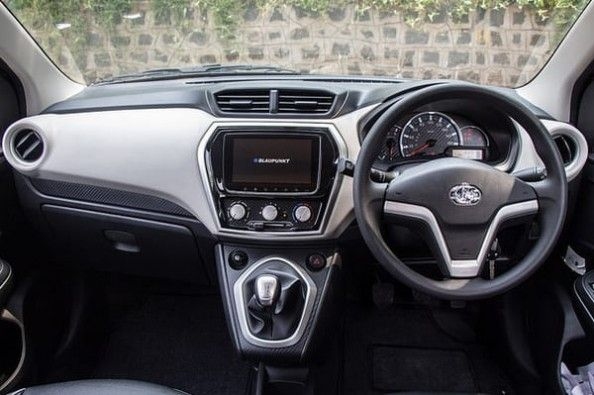
Interiors – The dashboard design is completely revised. The GO has an all-black dash while the GO+ gets a dual-tone theme. There has been an improvement in the quality of materials used in the cabin. The cars get a Blaupunkt touchscreen audio system with Android Auto, Apple CarPlay and Bluetooth connectivity. Though they could have improved the sound quality of the system, this set up is still better than the older cars. However, the USB port which is placed below the centre console is slightly inconvenient to use.
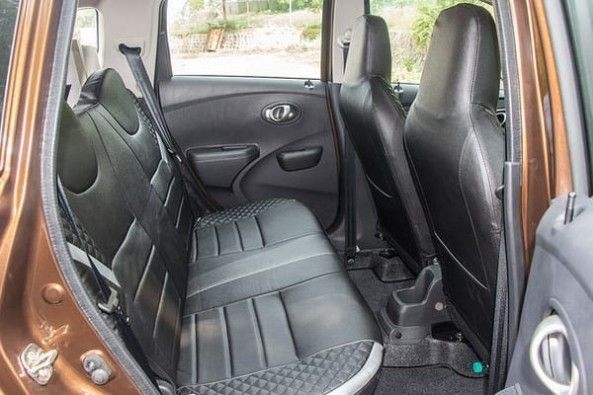
The front seats are thin and lack proper under-thigh support but provide good back support. The centre console panel that houses the gear lever is very large and it keeps hitting the knee of both the driver and front passenger which is really displeasing. The rear seat offers decent comfort but it lacks knee room. The GO+ gets a third row of seats which is only suited for kids. The boot of the GO can store a couple of bags and the boot space of the GO+ with the third row up is next to nothing, but with the last row folded the storage space increases massively.

Performance – Both the cars share the same 1.2-litre, 3-cylinder petrol engine which is mated to a 5-speed manual gearbox, producing 67 BHP and 104 Nm of torque. The 3-pot unit is very refined when compared to other 3-cylinder engines. The engine provides enough punch for city driving. The low-end lacks response but it has good grunt in the mid-range which continues till the redline. The 0-100 km/hr run is claimed to take 13.3 seconds. The ARAI has claimed a fuel efficiency of 19.83 km/l but the real-world figures would be around 15-16 km/l. The clutch is very light and the exhaust note sounds quite cool.

Driving Dynamics – The suspension has been set up according to our road conditions. The ride is comfortable unless there is a really bad patch of tarmac. There is a significant amount of body roll and it is slightly more in the GO+. The steering doesn’t provide proper feedback and sudden lane changes aren’t confidence inspiring. The brakes are average and lack immediate bite.
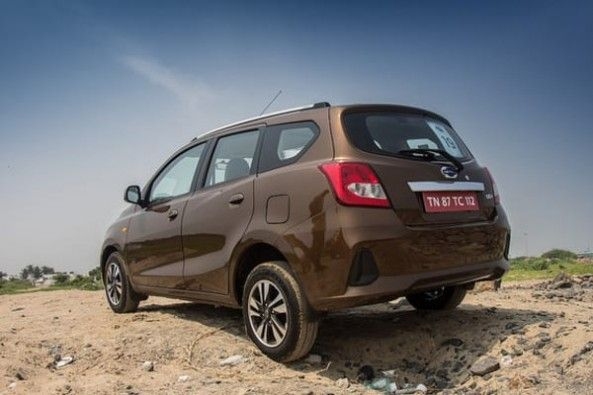
Safety and After Sales – The previous models of Datsun failed to score a good rating in the NCAP tests. These updated models get dual front airbags, ABS with EBD and Brake Assist. The sales and service network of Nissan isn’t very great and this could act as a blockade for potential customers.

Verdict – Both the Datsun siblings look better than ever before but there is a huge scope of improvement in the overall package. The Datsun GO+ is a go-to vehicle if you are really tight on budget and need a 7-seater car. On the other hand, the Datsun GO is a decent proposition. If you can stretch your budget then the Tata Tiago is a better choice.
